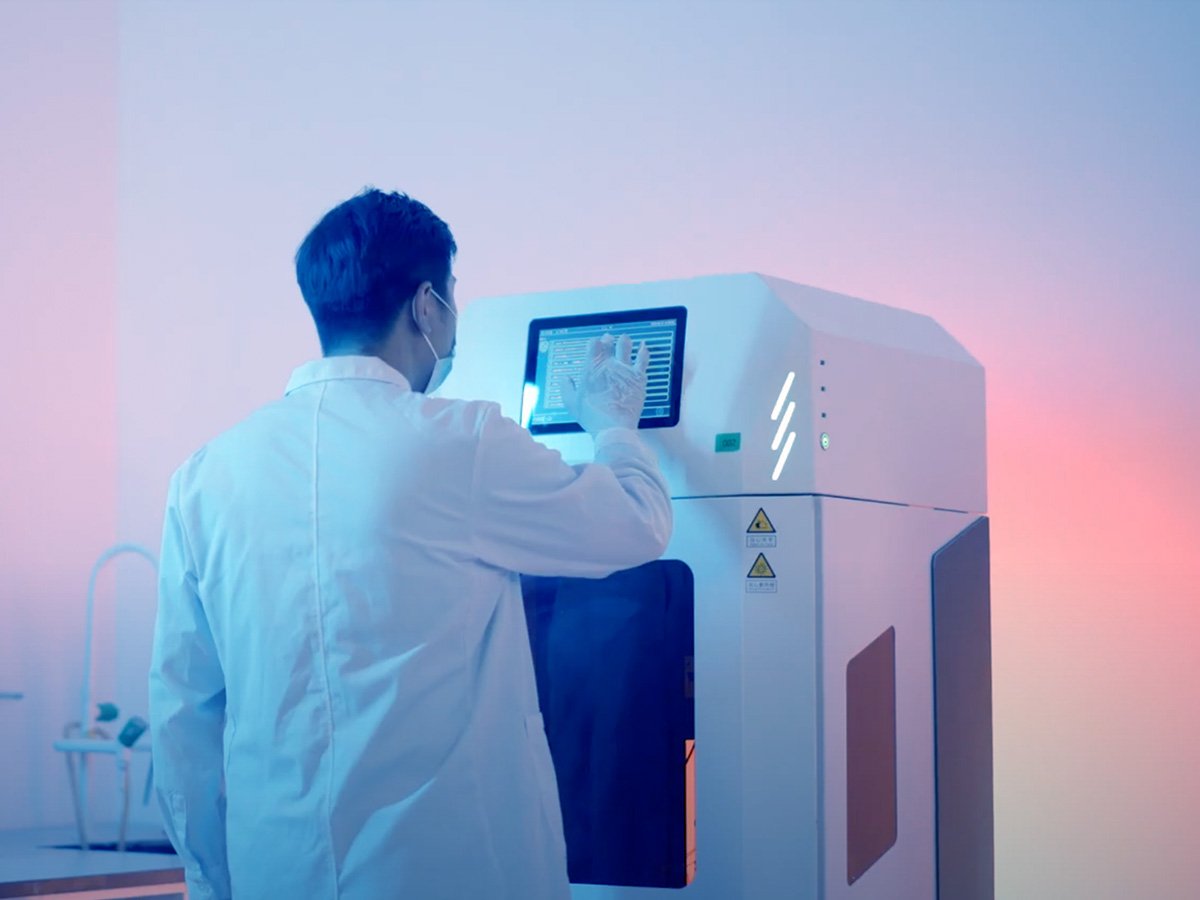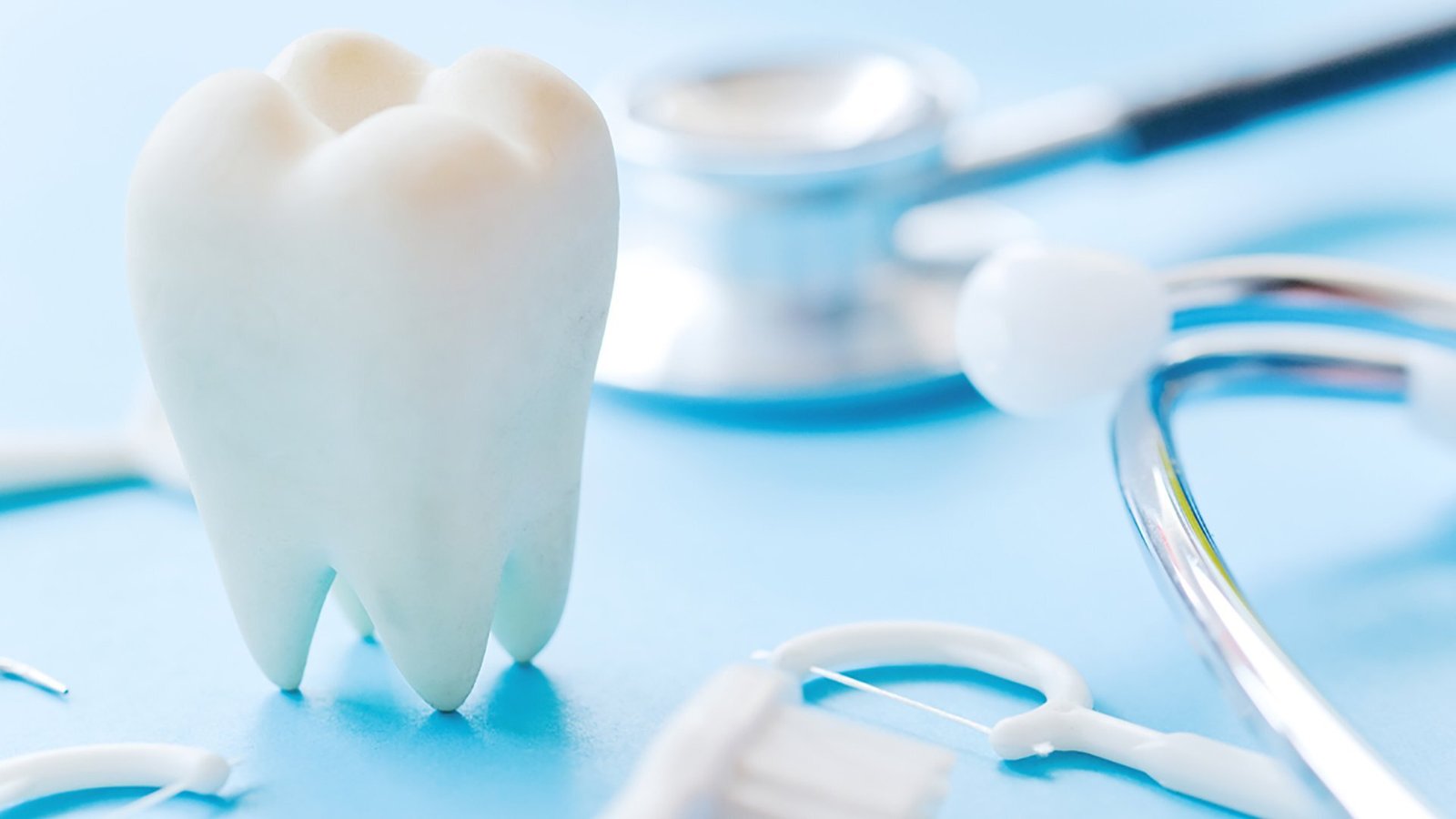The waiting period for a permanent dental crown can be filled with uncertainty. Will your tooth be sensitive? How will it look? In this interim phase, a PMMA temporary crown provides an ideal answer. These include restorations made from high-quality PMMA temporary crown materials like those supplied by Aidite, which serve protective, functional, and aesthetic purposes. This guide goes in-depth on everything that you need to know about the PMMA temporary crown so you can be sure you are comfortable and confident while your permanent restoration is being fabricated.
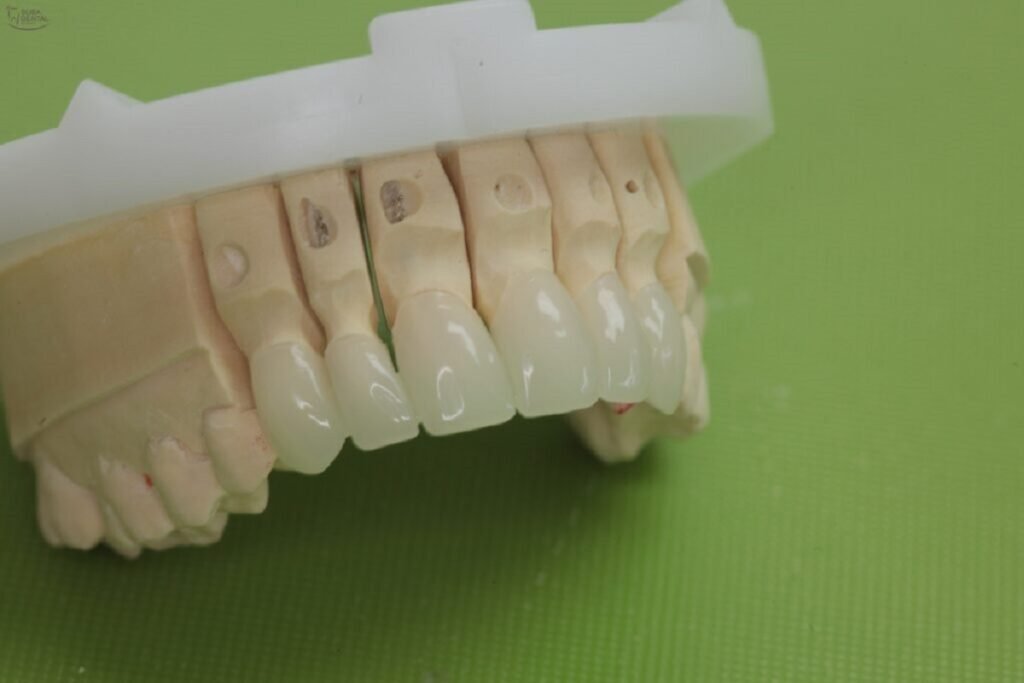
Understanding PMMA Temporary Crown
PMMA temporary crowns are provisional, short-term caps placed on a prepared tooth. This is mainly to cover the tooth while a permanent crown is created in a laboratory. It’s basically a supercharged placeholder. Teeth that are vulnerable include those that have undergone a root canal or have had significant decay removed. However, if they are unprotected, they could break, be sensitive, or move out of place, affecting the fit of the final crown. This issue can be guarded by having a PMMA temporary crown.
Why is a Temporary Crown Necessary?
The need for a PMMA temporary crown arises from several key factors in restorative dentistry.
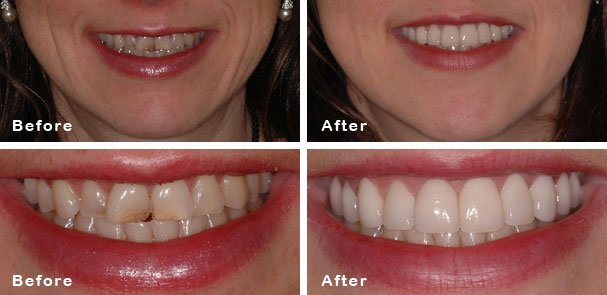
- Protection: A tooth has to be prepared for a crown. The underlying dentin underneath may become exposed, and you may have sensitivity to hot, cold, or sweet. A PMMA temporary crown seals and insulates the tooth, so you will not experience this kind of discomfort.
- Preventing Migration: Teeth have a natural impulse to move when there are teeth missing (adjacent or opposing) or modified. In addition, the PMMA temporary crown preserves the space with hundred percent accuracy to avoid adjustments on adjacent teeth for the permanent crown to fit properly.
- Cosmetics: If the tooth is one of the more visible ones, a crown-free tooth (even if just for a limited time) may not be the best option. And with a PMMA temporary crown, you can have natural-colored coverage over your tooth to allow you to smile, speak, and eat without worry.
- Function: It helps to chew at a somewhat normal level, though with a slight degree of caution. This stabilizes your bite (occlusion).
- Diagnostic Aid: As in some cases, the PMMA temporary crown may act as a guide to final restoration. This process allows both the dentist and the lab technician to assess and adjust the shape and fit of the restoration.
- Gum Health: The temporary crown supports healthy gum tissue around the prepared tooth. This is crucial for the appearance and proper closure of the final crown.
When these reasons are understood, patients tend to realize the significance of their PMMA temporary crown not only as a temporary solution but as an indispensable component of their overall dental treatment.
The Advantages of PMMA Temporary Crown Material
This is not just random, the reason your temporary restorations are made of Polymethyl Methacrylate (PMMA) has to do with the material itself. The PMMA temporary crown material itself provides unique advantages that make it completely appropriate for this purpose. High quality PMMA temporary crowns also offer great qualities that both dentists and their patients appreciate. PMMA has its own click, whether it is durability or beauty.
Key Benefits of PMMA
- Aesthetics: PMMA can be produced in different colors to match the color of the patient’s real tooth closely. It aids in concealing the PMMA temporary crown, allowing you to smile more confidently during the waiting period.
- Biocompatibility: well tolerated by oral tissues, this reduces the chances of allergy or gum inflammation, which enhances the patient’s comfort. A properly contoured PMMA temporary crown allows normal, healthy rosiness to form about the prepared tooth.
- Fabrication and Adjustment: The PMMA temporary crown material can be easily shaped and adjusted by the dentist. In an event where the fit is awkward, this grants swift chairside aesthetic adjustments, allowing for comfort and accuracy. If something goes wrong, it is easy to correct.
- Cost Effective: PMMA is a comparatively low-cost material with respect to materials used for permanent restorations. This renders it a cost-effective option for a stopgap measure that does not sacrifice critical protection elements. The PMMA temporary crown is a lot of bang for its buck.
- Good Marginal Seal: With proper fabrication and cementation, a PMMA temporary crown will have a marginal seal fairly high. This prevents leakage of bacteria and oral fluids underneath the crown, causing irritation of the prepared tooth.
These characteristics combined make the PMMA temporary crown a perfect short-term solution, filling the gap in between the temporary and until the permanent restoration is made.
Modern Solutions: CAD/CAM PMMA Temporary Crowns
Over time, dental technology has transformed, and we create temporary restorations using modern methods, CAD/CAM PMMA temporary crowns being an example. The corresponding two-phase CAD/CAM (Computer-Aided Design/Computer-Aided Manufacturing) technology used here precisely designs and mills the dental restorations (PMMA temporary crown) in a short time. This contemporary method is a departure from the hand-mixed, hand-molded temporaries used for decades, and it has several advantages.
Advantages of CAD/CAM Fabrication
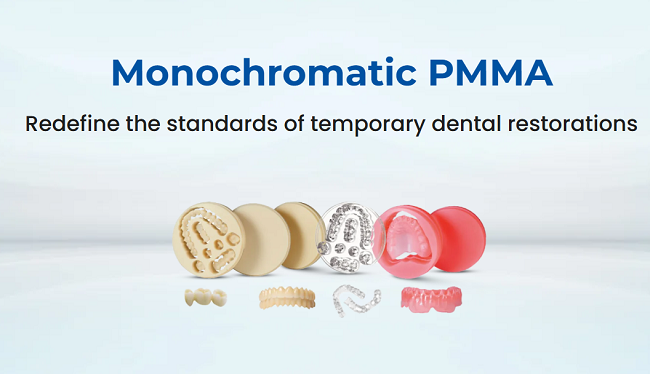
- Precise: Since design and milling are performed digitally, the human error factor is considerably eliminated; therefore, the PMMA temporary crown has a very precise fit. This minimizes the need for significant chairside adjustments.
- Improved Strength: Milled PMMA blocks are usually more consistent and much stronger than hand-mixed materials. That’s why CAD/CAM PMMA temporary crowns are generally higher strength, making them fracture resistant.
- Better Aesthetics: Specific and consistent production of industrially manufactured PMMA blocks can achieve a better match of color and translucency and hence a more natural-looking PMMA temporary crown.
- Efficiency: While CAD/CAM requires some initial effort, the actual milling process can occur quite swiftly. For dental practices that have an in-house milling unit, this may very quickly mean same day fabrication of a high quality PMMA temporary crown.
- Seamless integration of digital workflows: CAD/CAM PMMA temporary crowns integrate smoothly into a completely digital dental workflow, encompassing everything from scanning to the final restoration. Such digital record could also help in preparation for subsequent treatments.
CAD/CAM PMMA temporary crowns are a recent advance towards resilient, esthetic, and biocompatible temporary restorations for patients. Such advanced CAD/CAM fabrication can also be performed on Aidite’s PMMA discs.
PMMA Temporary Crown Cementation and Beyond
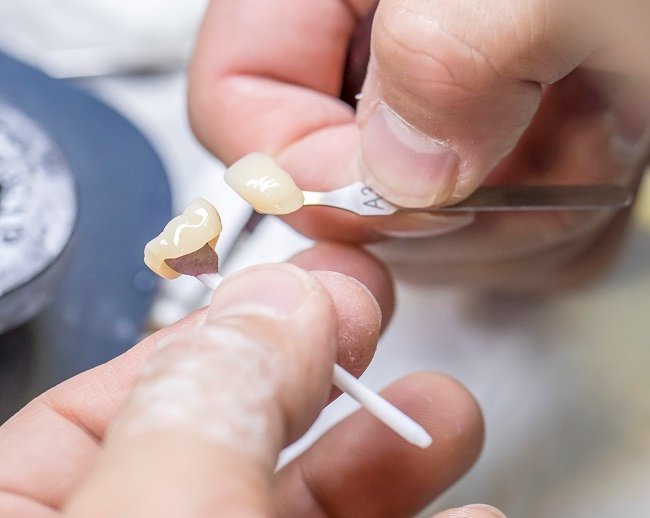
After your PMMA temporary crown is made, whether traditionally or via CAD/CAM, the next essential process is the fitting and maintenance of it. The PMMA temporary crown cementation process is essential to make certain your short lived remains are in the area and work appropriately till your permanent crown is prepared. Temporary cements that are strong enough to keep the crown in place but not permanent enough to make the temporary crown difficult to remove when the time of permanent restoration arrives.
When it comes to the PMMA temporary crown cementation of your temporary crown, your dentist will first make sure the prepared tooth is free of any debris and dry. Then, the inside of the PMMA temporary crown is coated with the temporary cement, and it is accurately seated onto the tooth. Any excess cement is cleared away, and the bite will be checked for comfort and functionality. The PMMA temporary crown cementation should be as tightly sealed as possible to prevent the infiltration of saliva and bacteria, which will cause the temporary crown to fail. This kind of attention to detail protects the underlying tooth structure.
Maintaining Care of Your PMMA Temporary Crown
Thorough care is the way to ensure your PMMA temporary crown has the most durability and protection for your tooth:
- Brushing: Brush around the temporary crown but avoid it twice a day. When you floss, pull the floss sideways, not up, to prevent displacing the crown.
- Diet Changes: Keep away from extremely hard, really sticky, or chewy snacks (including hard candy, caramel, or tough bread) on the aspect of the mouth with the PMMA temporary crown. This helps to reduce the chance of it being shattered or coming loose.
- Be Aware: If your PMMA temporary crown feels loose or high when you bite, or it fell off, call your dental office. Never try toand stick it back yourself with the help of some commodity glue.
- Regular Check-up: Show up to any follow-up visits that you have scheduled. The time between getting a temporary and the actual underlying tooth will be monitored by you with your dentist.
If you follow these guidelines, you can save your prepared tooth and keep the PMMA temporary crown from breaking, which will allow for a successful final restoration.
FAQs Section
Q1. What is the lifespan of a PMMA temporary crown?
Depending on clinical circumstances and quality of material, PMMA temporary crown is a low-expense crown that could last anything from a couple of weeks to even a couple of months. They are a temporary solution while you wait for your permanent crown.
Q2. Can I eat normally with a PMMA temporary crown?
You will be able to eat just about anything, he said, but avoid hard, sticky, or chewy foods on the side with the temporary. This helps keep your PMMA temporary crown in place and not loose or break.
Q3. Is the PMMA temporary crown noticeable?
Your existing teeth or adjoining teeth can be matched to PMMA temporary crowns in a tooth colored shade. Though it may not look as aesthetically pleasing as permanent crowns, a good PMMA temporary crown is not that noticeable either.
Summary
A PMMA temporary crown is a vital component of restorative dental treatment. It protects your tooth that has been prepared, keeps things aesthetically and functionally pleasing, and allows comfort while you await your definitive crown. CAD/CAM PMMA temporary crowns boast improved accuracy and durability due to such innovations. When you know about its significance and how to take care of it, you will be able to smoothly transition to your permanent restoration. While high-quality raw materials such as those from Aidite for PMMA temporary crowns contribute to a successful temporary stage, they result in a perfect final smile for you.

